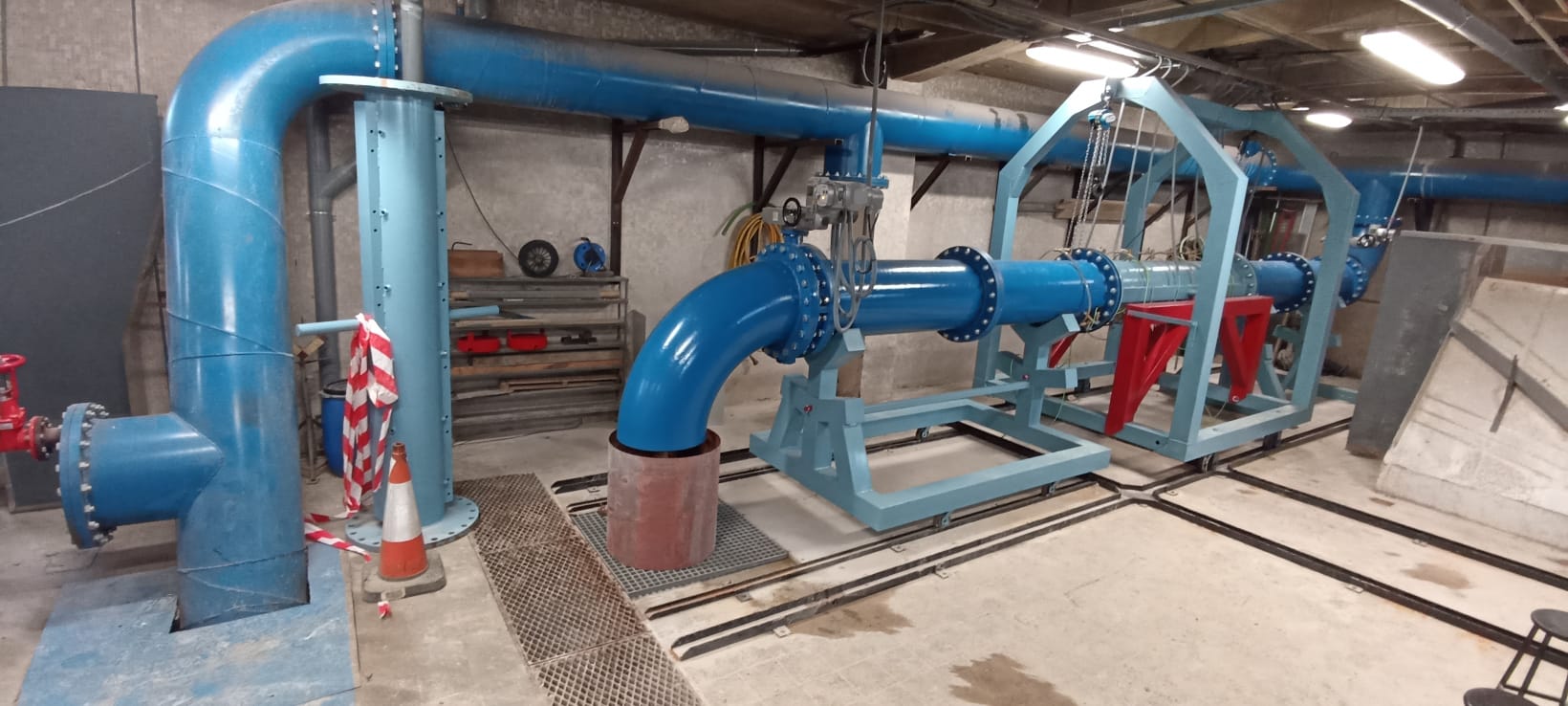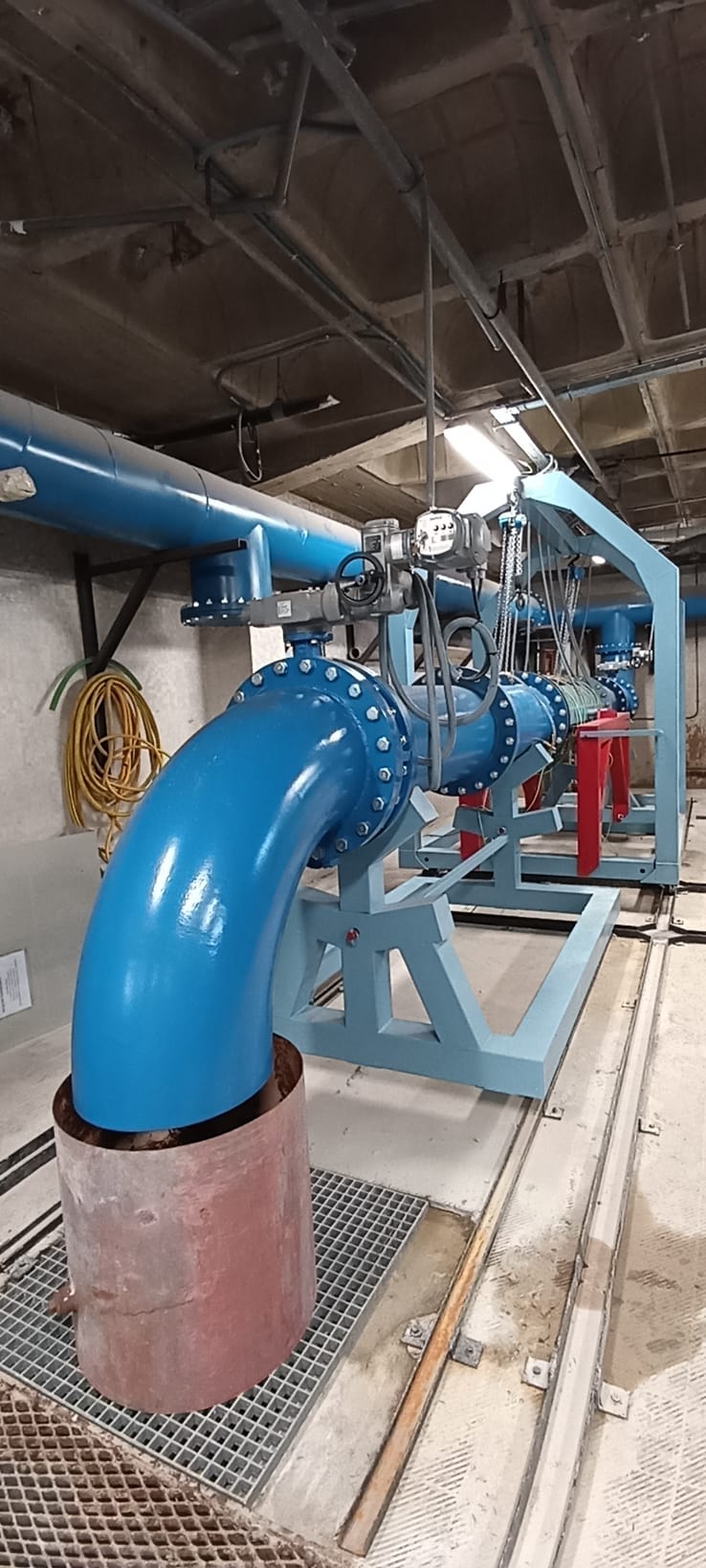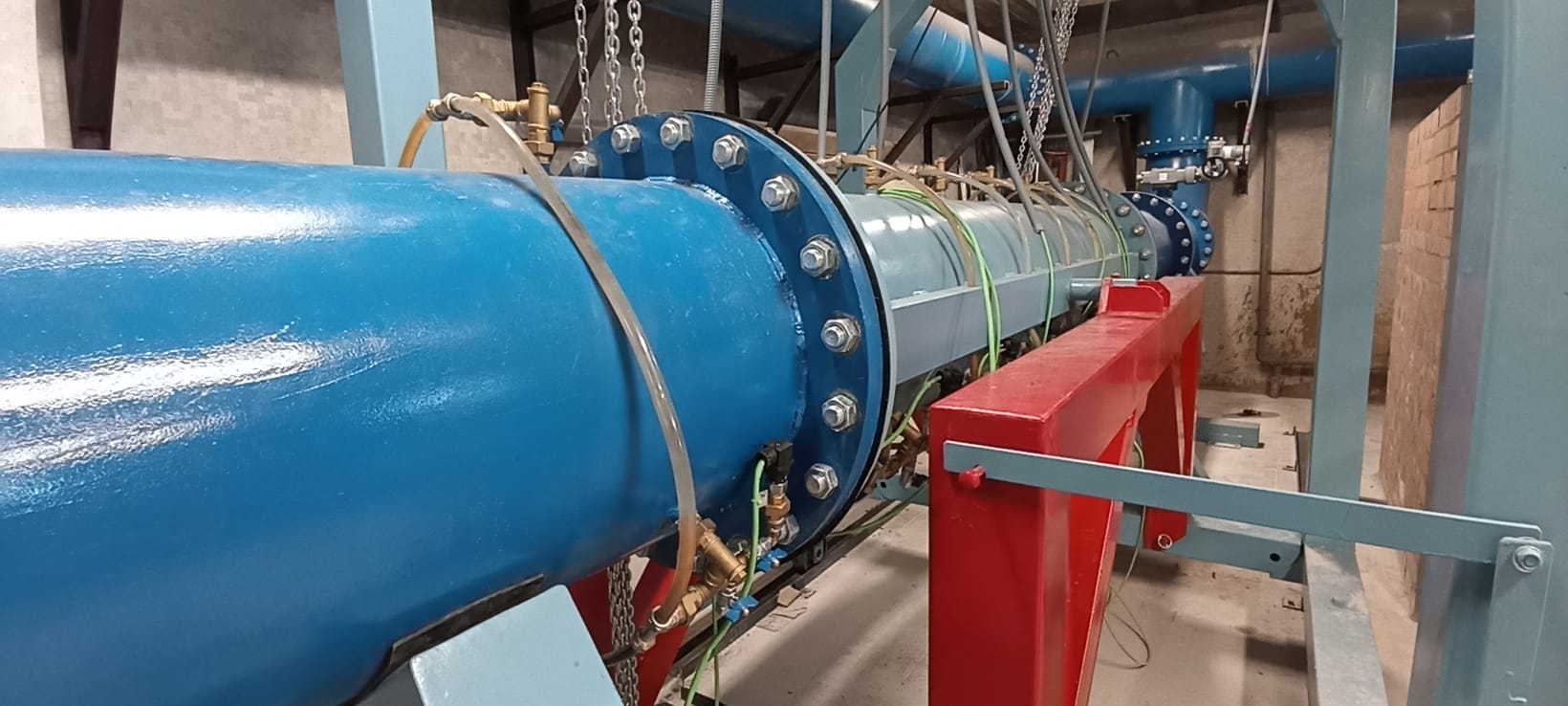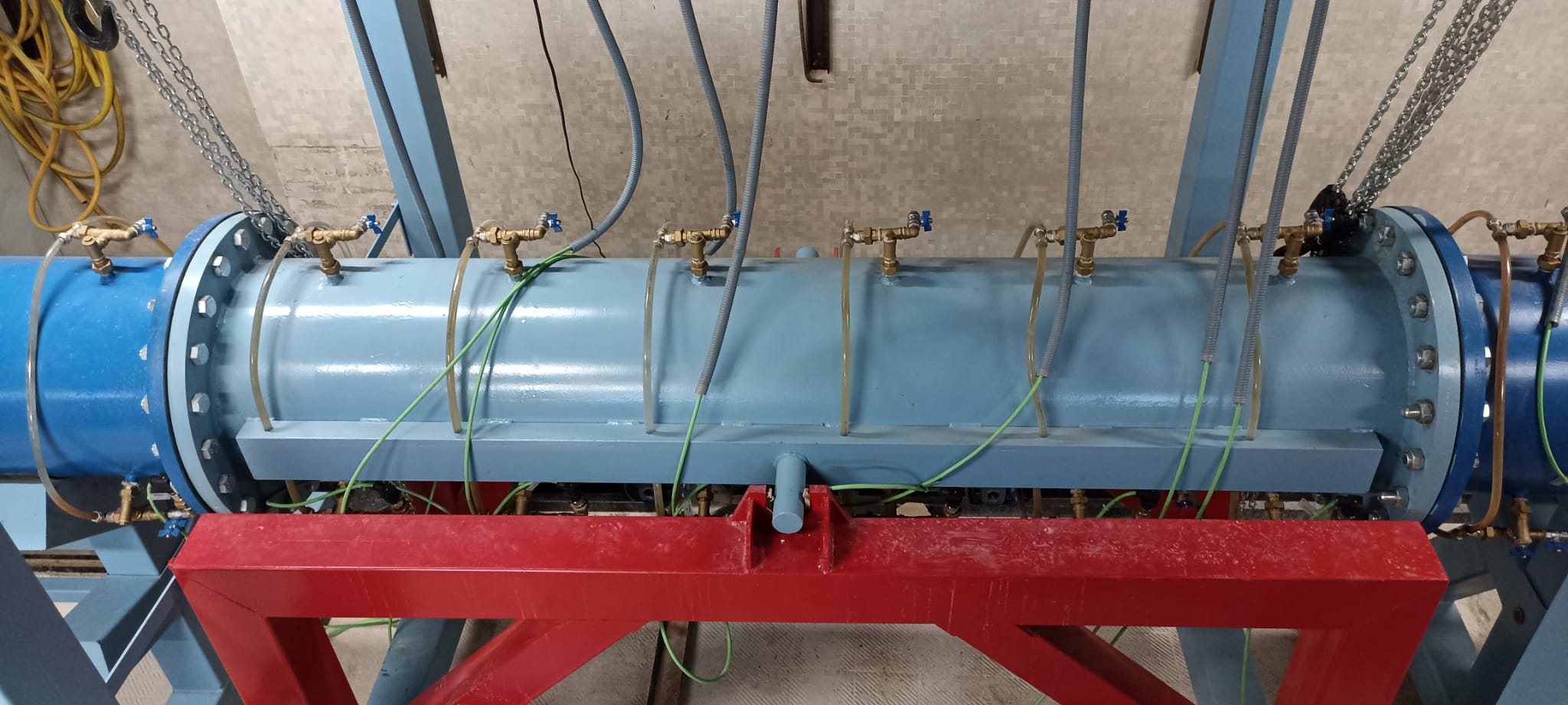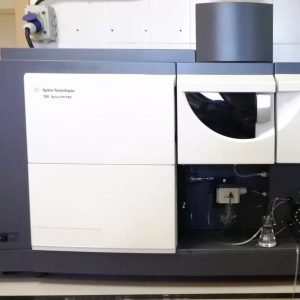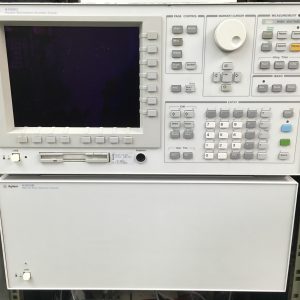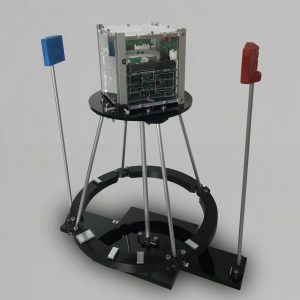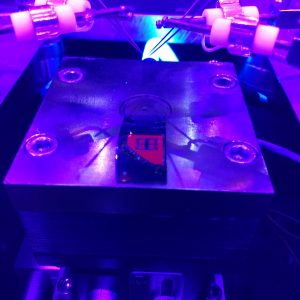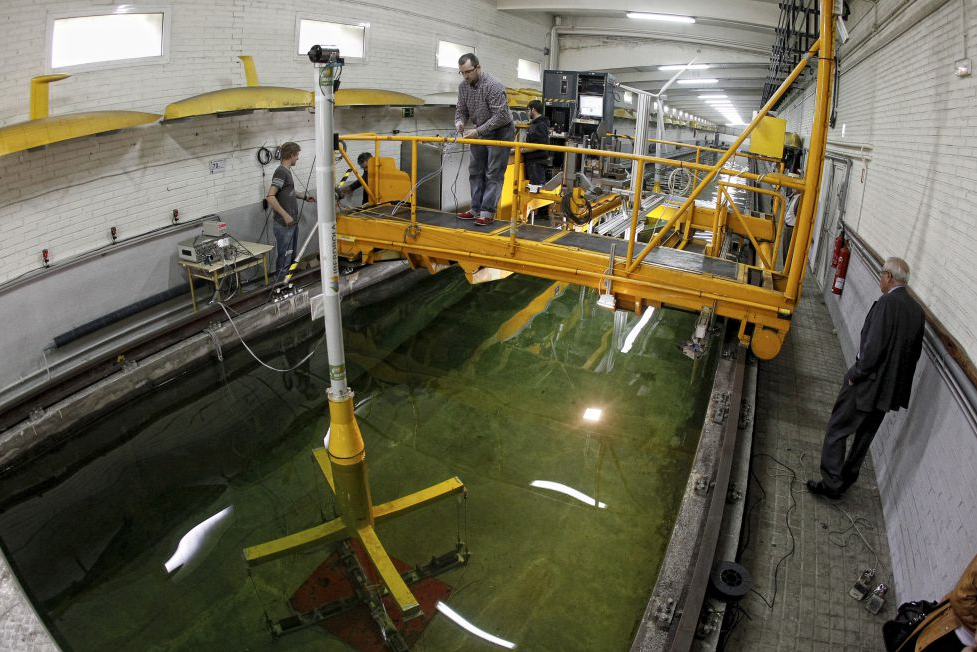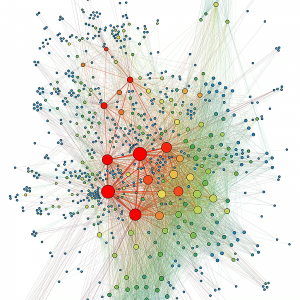Description of Services Provided
The permeameter allows the characterization of the permeability of materials such as gravel, ballast, ballast, drainage materials, and riprap with a maximum size of up to 100 mm. The recorded data of pressure gradients in the granular sample makes it possible to determine the nonlinear permeability coefficients of this type of material that follow a parabolic resistance law
Market demands
Characterizing materials for road and railroad drainage, dam, and river embankments. Generic studies of porous media in industrial sectors.
Field of application
Analysis of porous media and geotechnical characterization of granular material
Differential Advantage
The permeability of coarse granular media requires testing in non-conventional installations that are adapted to the size of their particles and to high through-flow rates that allow them to be subjected to sufficiently high hydraulic gradients for their characterization
Examples of previous references
Tests in gravels
Equipment description
The permeameter consists of a 500 mm diameter inlet pipe. Samplers of 2.50 m in length and diameters of 300, 500, and 1200 mm, suitable for testing materials with maximum particle sizes of 60, 100, and 240 mm respectively, can be attached to the conduit. The maximum pressure upstream of the sampler is 35 mH2O and the flow control is performed by means of a 500 mm butterfly valve located at the outlet, with a maximum flow rate of over 0.15 m3/s. Pressure gradients are obtained from pressure records in 6 sections of the sample
How to apply
The request to use the service must be made by e-mail to the address indicated in the contact form.


